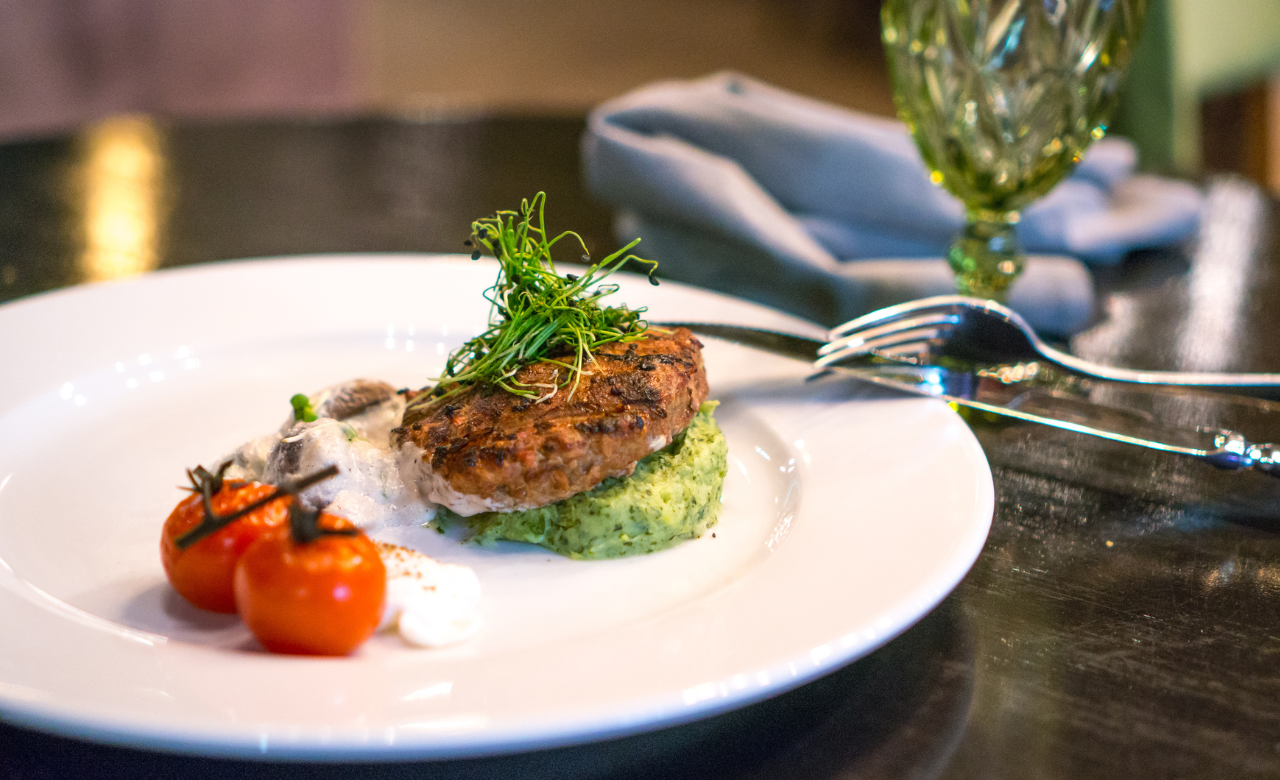Ozempic Is Shrinking Appetites And Restaurant Portions Too, Is It Helping Or Harming?

Credits: Freepik
SummaryRestaurants across the U.S. are introducing “Ozempic menus” with smaller, protein-rich portions to cater to millions using GLP-1 weight-loss drugs like Ozempic and Wegovy, reshaping eating habits nationwide.
End of Article
